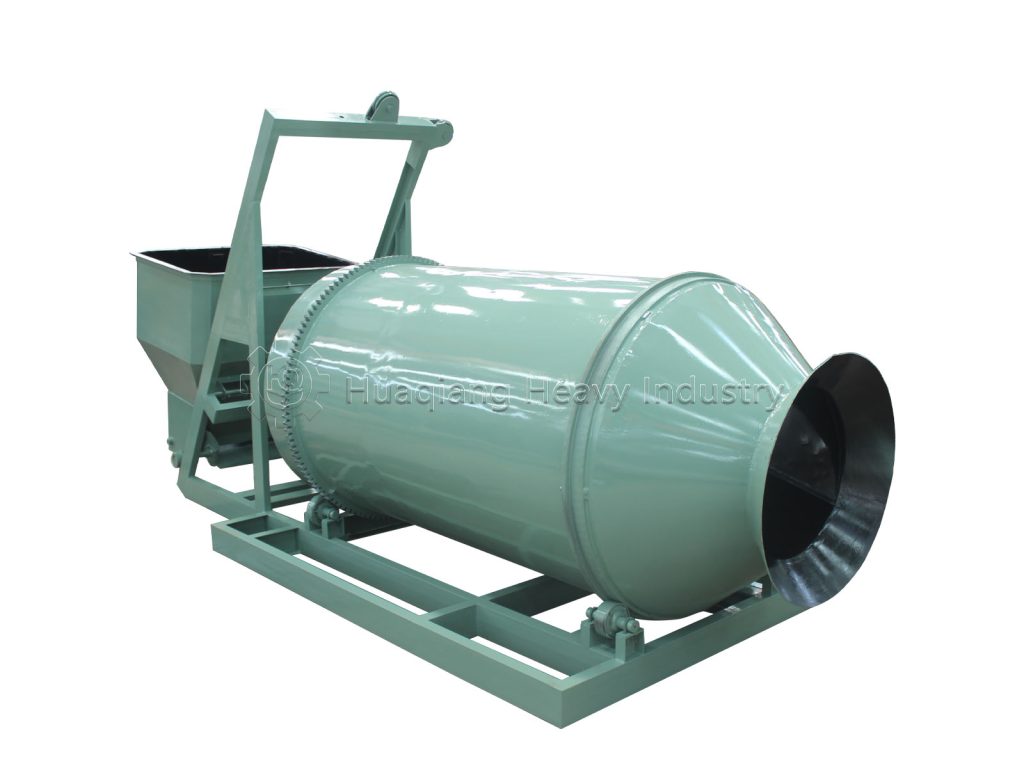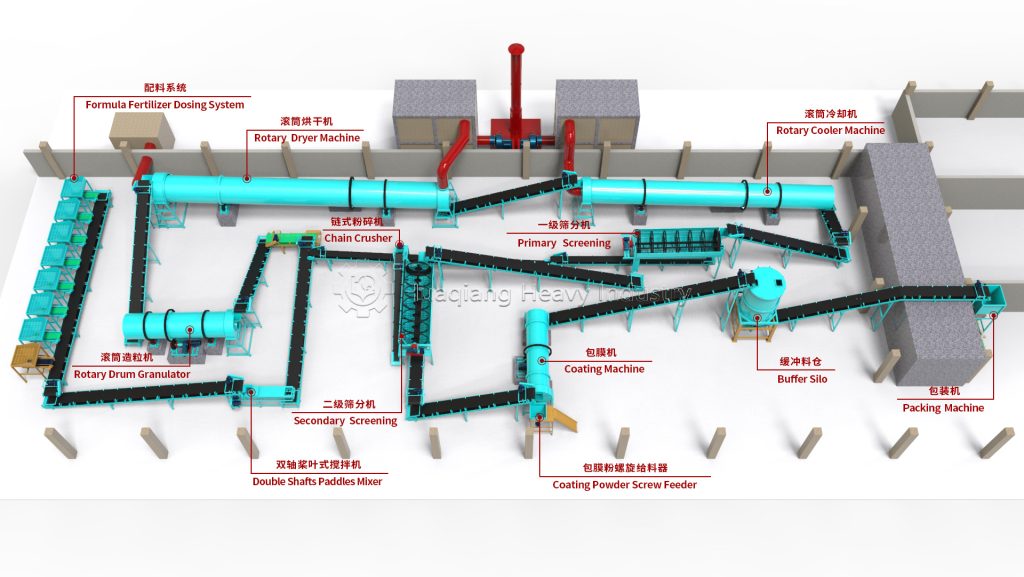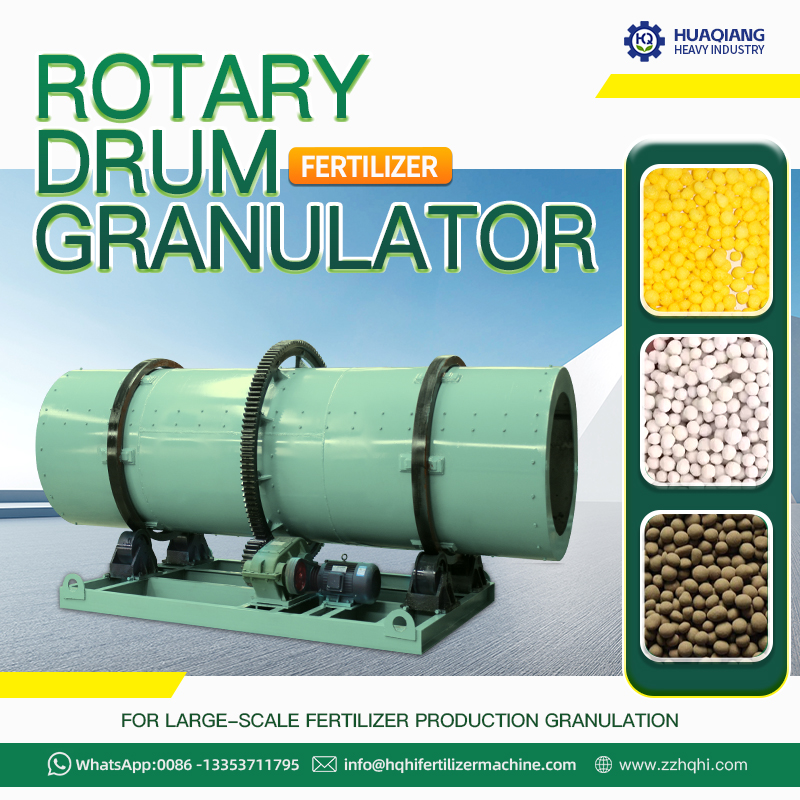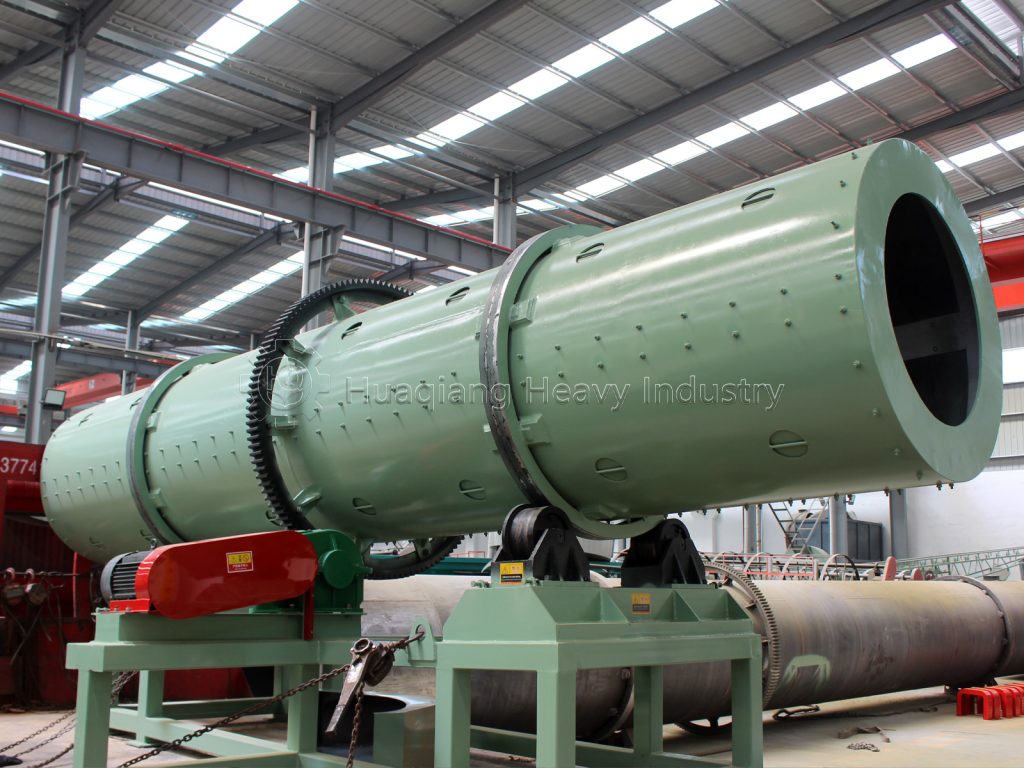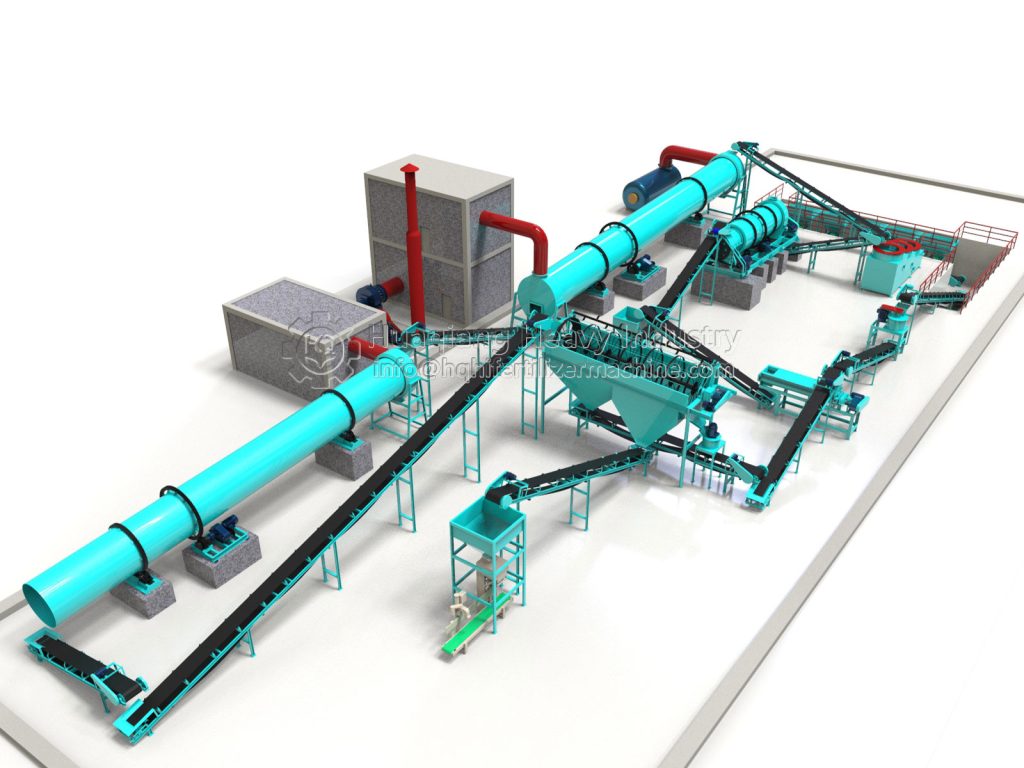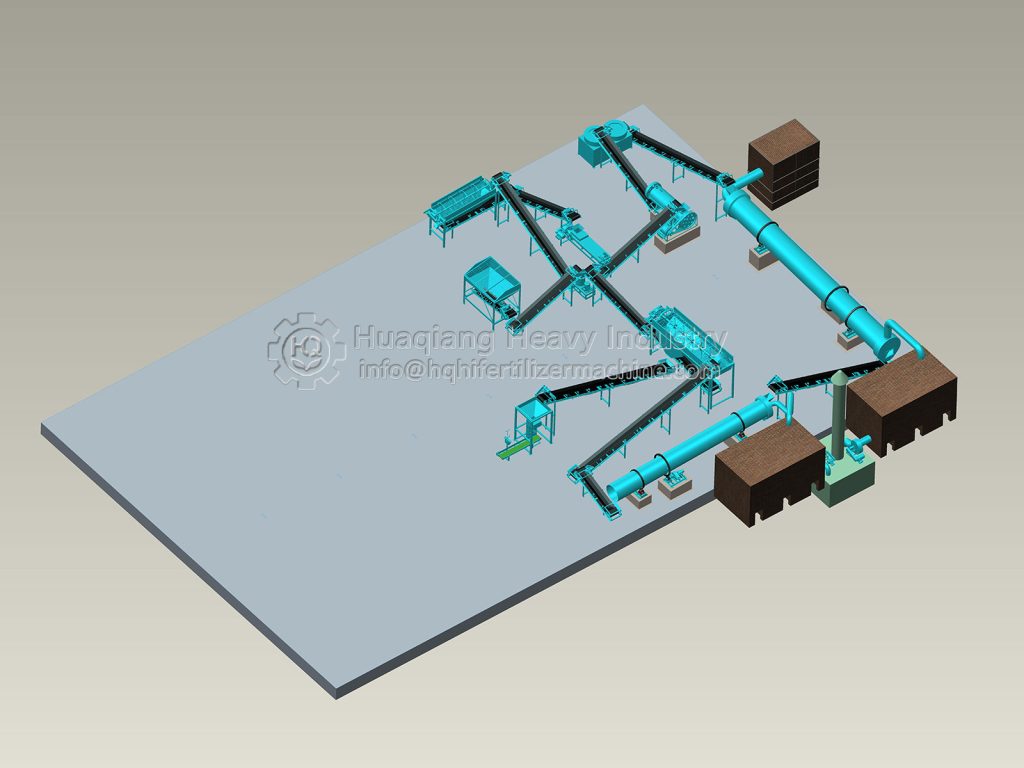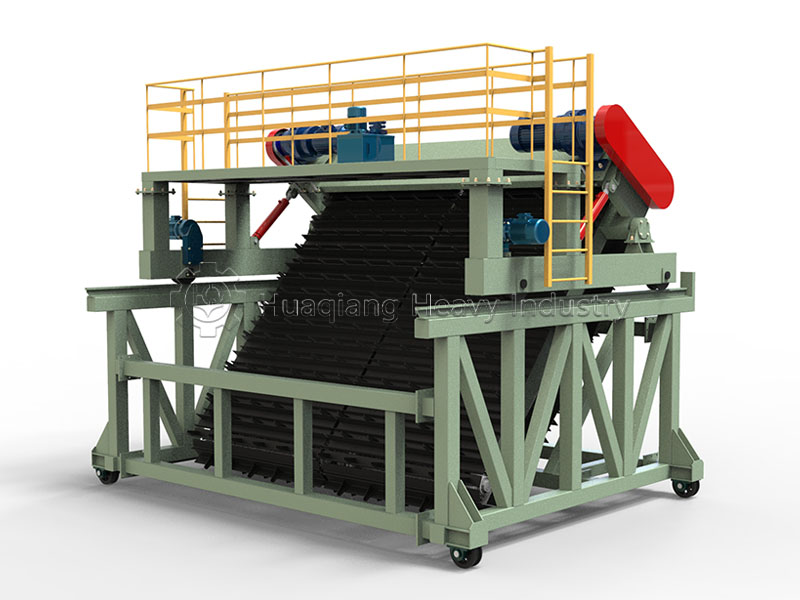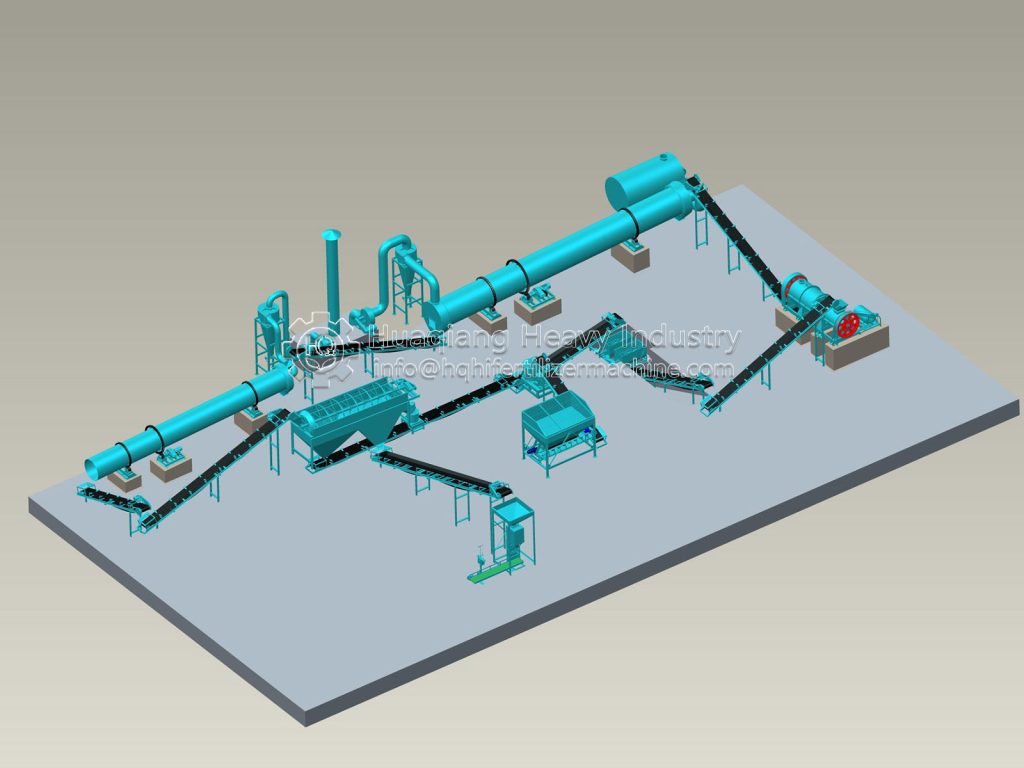The disc granulator is the core equipment in a fertilizer production line, and its standardized processing flow is crucial for producing high-quality fertilizer.
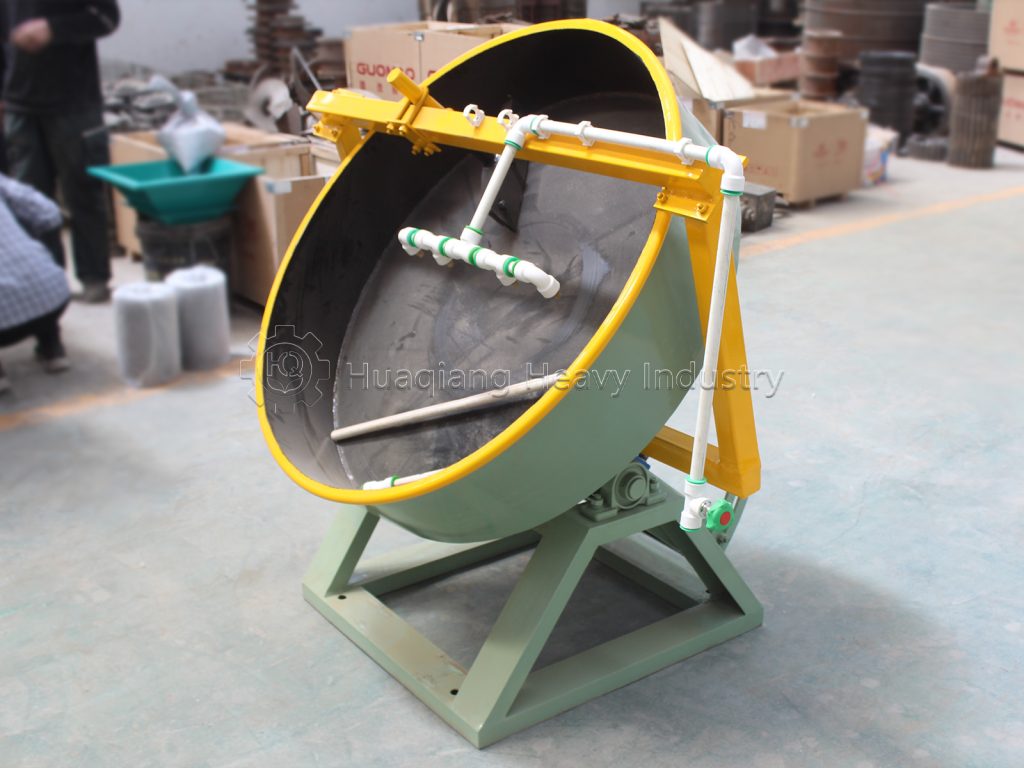
The first step is raw material preparation. Raw materials include organic materials such as animal manure and plant residues, as well as inorganic materials such as urea and ammonium phosphate. These raw materials must be crushed to reduce particle size for subsequent mixing and granulation. Furthermore, they must be accurately weighed according to the formula to ensure an accurate nutrient ratio, and the humidity must be adjusted to 20%-30% to facilitate granule formation.
The second step is raw material loading. The disc is driven by a motor, and the speed can be set according to the raw material characteristics and the desired particle size. The raw material is evenly distributed on the disc, spread toward the edges due to centrifugal force, and then rises along the inner wall due to friction. After reaching a certain height, it falls back due to gravity, forming a circular motion.
The third step is the application of a binder. As the raw materials circulate, a nozzle above the disc sprays the binder onto the raw materials. The binder is usually a natural polymer or inorganic substance. When it comes into contact with water, it develops viscosity, causing the fine particles to bind together. The spraying rate must be precisely controlled: too much will result in oversized and dense granules, while too little will make them difficult to form.
The fourth step is granule growth. As the disc rotates continuously, the already bonded small granules continuously absorb the raw materials, growing larger as they rotate. The collision and friction between the granules also make them more compact. The operator must observe the granule state and adjust the rotation speed and tilt angle promptly. The rotation speed affects the residence time and granule size, while the tilt angle changes the movement trajectory and helps shape the granules.
The fifth step is discharge. When the granules reach the desired size and quality, they overflow from the edge of the disc. Freshly formed granules contain moisture, which requires drying to reduce the moisture content and improve stability and storage performance.
Through this series of rigorous processes, the disc granulator transforms various raw materials into high-quality granular fertilizers, providing strong support for agricultural production.

